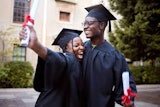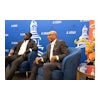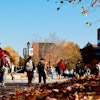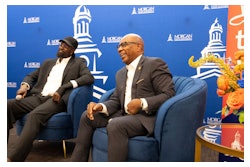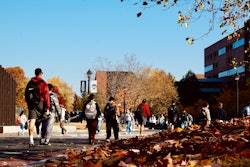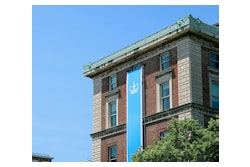The higher education sector in the United States benefited for years from the financial pockets of the international community with minimal accountability and consideration for those students, making terminology such as ‘cash cows’ notoriously synonymous with international student enrollments. Historical demand for a U.S. education rose from ideals of versions of the American dream, decades of soft-diplomacy, and as the current academic and economic hegemony. However, last spring proved that the demand can quickly dissipate.
COVID-19 did not discriminate as it rampaged throughout the country and world. At the time when international students were most vulnerable, U.S. government and institutions failed them. International students treated as second-class citizens and used as political pawns brought the long history of international education in the U.S. to its lowest point, exposing the hidden ugly. This put many thoughts into perspective for international students; many concluding that they may be willing to compromise the comforts of being with family but compromising their lives in a pandemic was not an option.
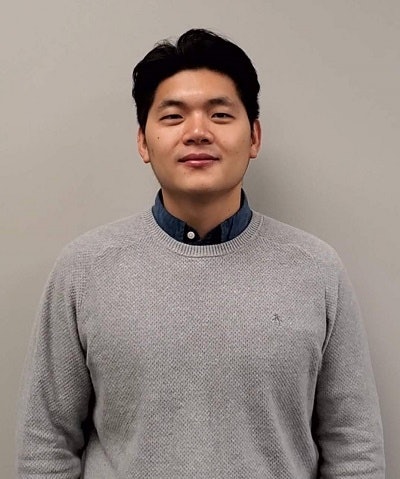 Sungman “Tyler” Kim
Sungman “Tyler” KimThe demand for a U.S. education is not what was with fierce competition from other countries giving international students viable alternatives. These other options increase the safety and well-being of students and offer employment opportunities and cover tuition and living costs. Unless a culture of belonging is provided and or measures of accountability implemented by U.S. institutions, it will be hard to reverse the course of the current international enrollment trend. There are options, however, to alleviate the rapid international student enrollment decline and retain the cultural and international diversity of U.S, academia.
First, institutions must instill accountability measures to create and maintain a culture of belonging for international students, including shifting to a mindset that values international students as cultural and diversity assets rather than as cash cows. Institution leaders should model this to enact a trickle-down effect for faculty/staff and student bodies. Leaders who share this view will be better equipped to recognize the needs of international students and make decisions that enhance the students’ experience. An example is earmarking a portion of the majority full-tuition enrollments to be re-invested specifically for retaining this student population. These practices include funding student programs, conducting in-depth longitudinal research, and lastly hiring professionals who are knowledgeable and or keen on cultural intelligence.
The second recommendation is to create accountability concerning international student recruitment and admissions by revisiting existing standards. Recruitment practices should emphasize the ‘right fit’ for the international student as is often done with American students. Admission criteria should consider an intentional cut-off number and admit students on the value of diversity and academic standing rather than perks of having one more full tuition-paying student. These changes will allow institutions to increase the minimum score requirements for the TOEFL and equivalent exams, which will alleviate faculty and community concerns about language barriers for foreign students. The average 2018-19 TOEFL score of 1,224 institutions was a score of 74.4 which is drastically lower than the average native speakers’ score of 90. Shifting admissions approaches from two types of admissions approaches, domestic and foreign, should also increase student retention for foreign students.
Lastly, the federal government must revisit visa policies and find areas of improvement for a better pre/post-student experience. The hardship and anxiety of being an international student begins months before stepping foot in the US. The obstacles of obtaining a student visa could be viewed as a deterrent, especially in light of other countries with straight-forward processes. Through COVID-19, we learned that changes to systems are possible and alleviating visa-based obstacles would be appealing for prospective students. Moreover, the federal government should look into providing more legitimate pathways for graduated students to gain employment in the U.S, and ultimately attain permanent residency. Although initiatives such as the Optional Practical Training (OPT) and H1-B visas exist, these initiatives are arcane, leaving room for mistakes. Employers outside of STEM fields are hesitant to offer employment to those whose authorizations are only valid for one year after graduation. Moreover, those who are fortunate to go through the traditional route of three years of OPT and then win the H1-B lottery, which permits them to work up to six years after OPT for a total of nine years, are still not guaranteed permanent residency. These highly educated individuals contribute to society through diversity and cultural aspects, through their professional contributions and payment of federal and state income tax. Offering stability would make the US competitive again and an educational destination and potential preferred workforce option.
The repercussions of not changing the ‘cash cow’ mindset associated with foreign student enrollments can only lead to faster U.S, enrollment declines. Not acting now would perpetuate the sub-par treatment of these students and minimize the benefits of their presence. Unfortunately, the disconnect that international students experience based on the value they bring to our institutions versus the appreciation they are afforded is alarmingly unjust and pervasive. The pandemic adjusted the inflated worth of a U.S. education leading high-paying foreign students to take their education and business—and their dollars– elsewhere unless we begin to extend respect to these important student populations.
Sungman “Tyler” Kim is the program coordinator in the Office of the Chaplain & Religious Life at Southern Methodist University and is a doctoral student.
